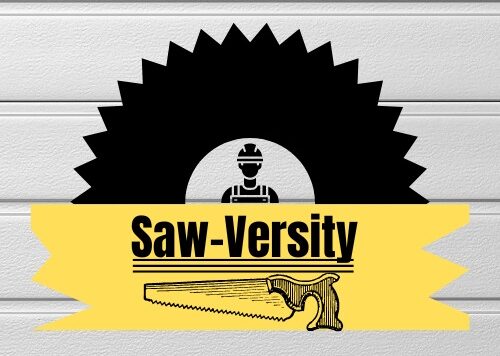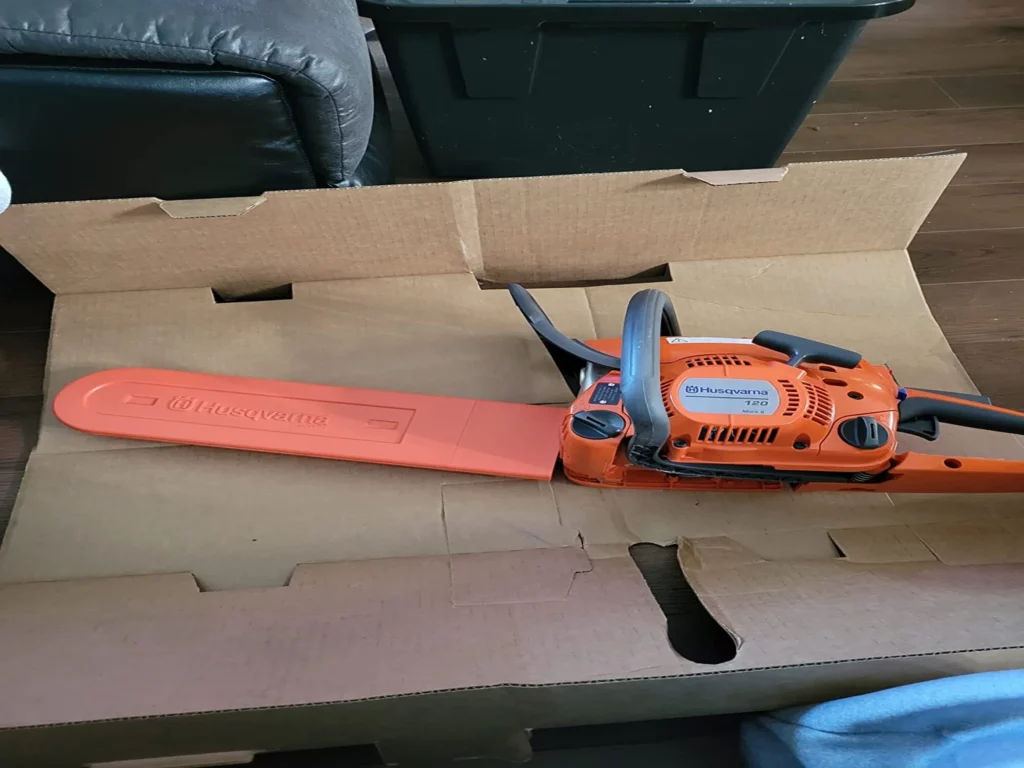As a popular brand in the outdoor power equipment industry, Husqvarna chainsaws are trusted by many homeowners and professionals for their power and reliability. However, like any other tool, these chainsaws can develop issues over time. In this article, we’ll explore some common problems with Husqvarna chainsaws and how to fix them.
Common Husqvarna Chainsaw Problems and There Solutions
- Chain Not Turning
The chain not rotating is one of the most common chainsaw problems. A worn-out clutch, a shaky or broken chain, or a broken sprocket are just a few potential causes. Make sure the chain brake is disengaged before attempting to resolve this issue. After that, check for damage to the chain and sprocket and adjust any loose components. The clutch might need to be replaced if it is worn out.
- Difficulty Starting
If your Husqvarna chainsaw won’t start, there can be an issue with the carburetor, fuel filter, or spark plug. Check the spark plug first, then change it if necessary. The gasoline filter should then be checked for obstructions or damage and replaced as necessary. It could be necessary to clean or replace the carburetor if it is soiled or broken.
- Chainsaw Overheating
Chainsaws frequently overheat, especially when they are used for extended periods of time. Turn off your Husqvarna chainsaw as soon as you sense it is getting too hot and wait at least 10-15 minutes for it to cool down. Look for obstructions or other damage in the air filter, and clean or replace it as necessary. Additionally, if the fuel mixture is too lean, you might want to check it and adjust it.
- Uneven Cutting
Your chainsaw’s uneven cutting or rough edges can be the result of a worn-out or broken chain. Check the chain for wear or damage, and replace it if required. Additionally, you might want to check and, if necessary, adjust the chain tension.
- Oil Leaks
Chainsaw oil leaks are a frequent issue that can be brought on by a number of things, including a faulty oil pump, loose bolts, or a worn-out gasket. If an oil leak is discovered, check the oil pump, bolts, and gasket for wear or corrosion and replace any necessary parts.
- Excessive Vibration
Excessive vibration can make it challenging to handle a chainsaw and can be brought on by a number of things, including a worn-out clutch, a damaged or loose chain, or a faulty engine mount. Check the clutch and chain for damage, and then tighten any loose components. The engine mount might need to be adjusted or replaced if it is loose.
- Engine Stalling
You should check your air filter, carburetor, and spark plug if your Husqvarna chainsaw is constantly stalling. Clean or replace any unclean components after checking the air filter and carburetor. Additionally, you might want to examine the spark plug and change it if necessary.
- Chain Kickback
When the chainsaw collides with something or the chain is constricted, a hazardous issue known as chain kickback can occur. Always hold the chainsaw with both hands, keep the chain sharp, and maintain adequate chain tension to avoid chain kickback. Using a chainsaw with a low kickback chain is something else you might want to think about.
- Fuel System Issues
Chainsaws that have fuel system problems may have trouble starting or operating smoothly. Inspect the fuel system of your Husqvarna chainsaw for any issues, such as a clogged fuel filter or carburetor, and clean or replace any worn-out or unclean components.
- Carburetor Adjustment
A chainsaw’s carburetor is a crucial part of the engine, and if it isn’t adjusted properly, it can lead to a number of issues, including problematic starting, subpar performance, and even engine damage. To start, look for the adjustment screws, which are typically marked “L” and “H,” on your Husqvarna chainsaw. At low and high speeds, these screws govern the air-fuel mixture, accordingly.
Warm up the engine and let it idle for a while before making any carburetor adjustments. The “L” screw should then be turned counterclockwise until the engine begins to sound rich, indicating that there is too much fuel in the mixture. When the engine is running steadily and smoothly, turn the screw counterclockwise. Repetition of the procedure with the “H” screw should be done while holding the throttle open wide.
It’s important to be cautious and make modest modifications at a time when adjusting the carburetor. While a rich mixture can result in subpar performance and higher fuel usage, a lean mixture can harm engines.
Conclusion
Although Husqvarna chainsaws are renowned for their strength and dependability, problems can arise with any tool over time. You can keep your Husqvarna chainsaw in excellent shape and save money on repairs by being aware of the typical issues with them. Always remember to adhere to the manufacturer’s maintenance and safety instructions, such as using the proper fuel mixture and donning the required safety gear. Your Husqvarna chainsaw may last for many years with the right upkeep and care.
FAQs
How often should I clean or replace the air filter on my Husqvarna chainsaw?
When using your Husqvarna chainsaw, the air filter should be cleaned or replaced every 10 to 15 hours, or more frequently if you’re working in a dusty or filthy environment. Overheating, engine damage, and poor performance can all be brought on by a clogged air filter.
Can I use regular gasoline in my Husqvarna chainsaw?
No, you should always use two-stroke oil that is especially formulated for air-cooled engines, as well as premium gasoline with an octane rating of at least 89. Regular gas or poor-quality oil can harm engines and result in decreased performance and more pollutants.
How do I know when to replace the chain on my Husqvarna chainsaw?
When the chain on your Husqvarna chainsaw is worn out or irreparably damaged, you should replace it. Stretched links, dull or damaged cutters, and excessive vibration or noise are indications of a worn-out chain. It’s crucial to swap out the chain with one of the identical kind and size that the creator advises.
How can I prevent oil leaks on my Husqvarna chainsaw?
Use the proper oil-to-fuel ratio and keep the oil reservoir cap tight to avoid oil leaks. Regularly check the oil pump, bolts, and gasket for wear or damage and replace any worn-out components as necessary. Additionally, keeping your chainsaw horizontal is necessary to stop oil leaks from the tank.
Can I adjust the carburetor on my Husqvarna chainsaw myself?
Yes, you can adjust the Husqvarna chainsaw’s carburetor, but it takes some expertise. It is preferable to seek advice from a qualified mechanic or the manufacturer’s instructions if you are unfamiliar with carburetor adjustment. Engine damage, poor performance, and increased emissions can all result from incorrect carburetor adjustment.

